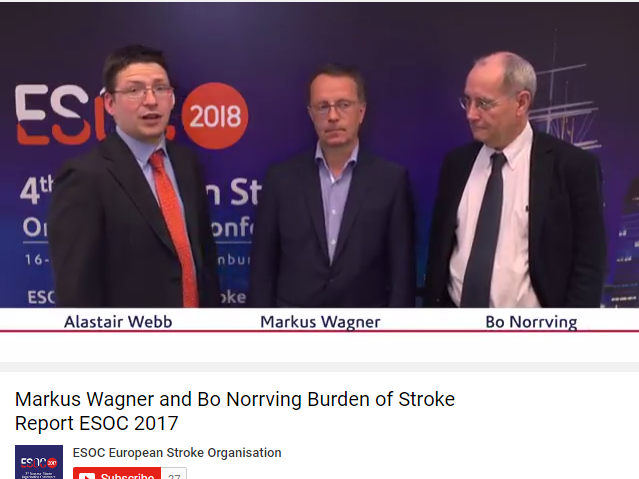
There is a need to improve stroke services in almost every part of Europe
Please see below the interview with Prof. Bo Norving and Markus Wagner, Vice President of SAFE, on the Burden of Stroke Report.

Please see below the interview with Prof. Bo Norving and Markus Wagner, Vice President of SAFE, on the Burden of Stroke Report.

Written by Alison Turner
Louis Gustin is 26 years old, and when asked if he remembers what happened to him 2 years ago, he replies, “Yes, I remember perfectly.”
Louis, from the North East of France, was visiting Warsaw at the time, and after a day of strolling and hanging out, he was sitting at a cafe in the old city, chatting with two friends.
“And it was there I had my stroke. Suddenly, my eyes felt strange, mostly the right eye. It all seemed so weird. I saw green in my eye. I remember that I was looking at the two bartenders in front of me. And then, without warning, I could not speak.
They called an ambulance. The paramedic spoke to me in Polish, but I couldn’t even say, “Dzień dobry” (“Hello”). I said nothing. I had no idea what it was. A stroke, for me, that meant nothing. My grandmother had a stroke but she was 80 years old. No, I knew nothing.” (more…)
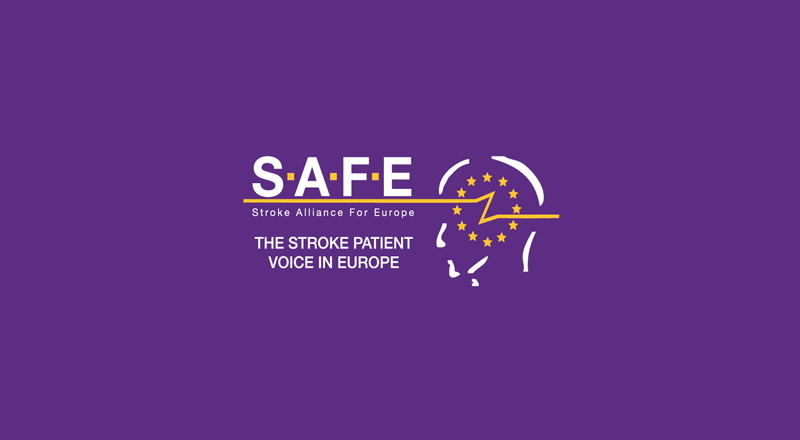
Prague, 16th May 2017– Stroke Alliance for Europe and European Stroke Organisation signed the Memorandum of Understanding in Prague at the first day of the ESOC 2017.
-This is an historic moment that unites both patient organisations and professionals in mutual endeavors to improve stroke care across Europe, said Jon Barrick, the President of SAFE.
In her video message, Valeria Caso, the President of ESO stressed out that this step was very important.
By joining forces, SAFE and ESO are now creating a strong alliance among patients, care-givers and healthcare professionals, including researchers.
ESO President elect Bart Van Der Warp gave a short speech at the event, on behalf of ESO.

New partnership signed and sealed: SAFE and ESO fighting #stroke together. SAFE President Jon Barrick and ESO President elect Bart Van Der Warp
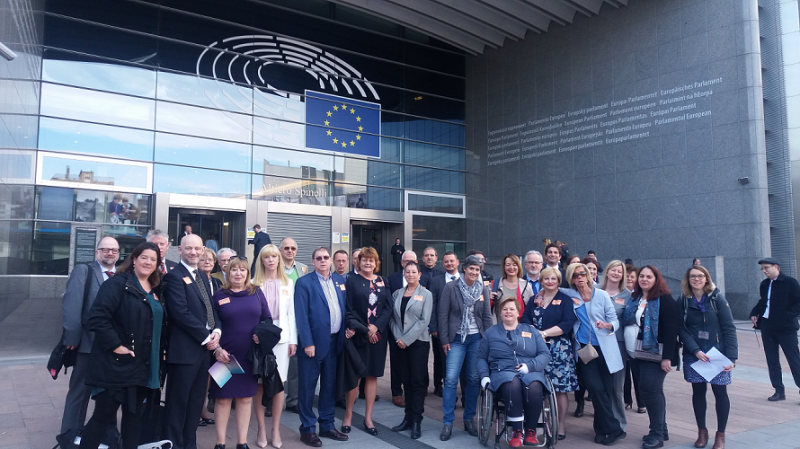
Following the successful launch of the Burden of Stroke Report in EU Parliament, SAFE SSOs continue with their other activities at national level.

Plans for May 2017 activities in SSOs
Apart from the Burden of Stroke related communication, each SSO is having national plans for raising awareness of stroke in May. Please click here to see the plan of their national activities.
You can download a Burden of Stroke press release in following languages:
The Burden of Stroke Report was made possible through educational grants from the following organisations

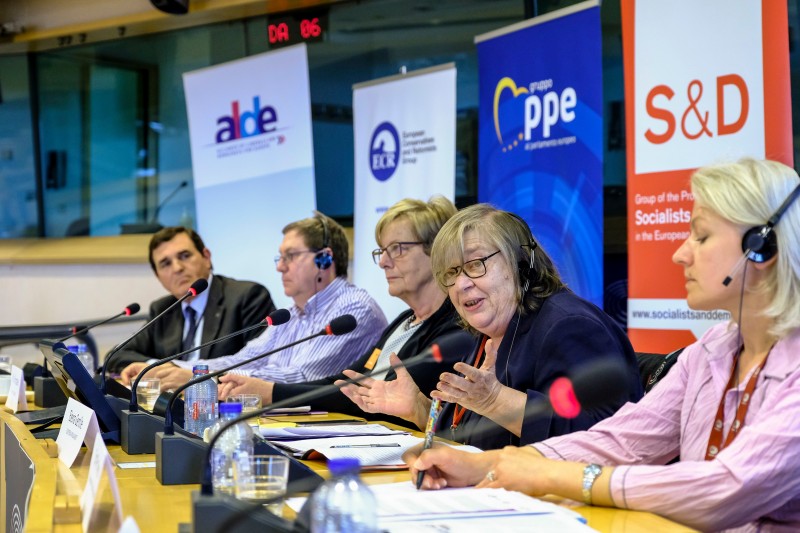
The Burden of Stroke in Europe research shows shocking disparities between and within countries along the entire stroke care pathway, with post-stroke support being neglected by all countries.
Brussels, May 11th 2017: Stroke Alliance for Europe is launching today a long-awaited, comprehensive overview of stroke care pathway across Europe. In front of dozens of members of EU Parliament, Jon Barrick, the President of SAFE and Valeria Caso, the President of European Stroke Organisation, jointly presented key findings from the research performed by King’s College London simultaneously in 35 European countries.

The event was co-hosted by four Members of the European Parliament, Elena Gentile (S&D), Marian Harkin (ALDE), Aldo Patriciello (EPP) and Helga Stevens (ECR).
-Even though the death rates from stroke in Europe have been falling over the last 20 years, stroke is a humanitarian catastrophe happening as we speak because more people are surviving stroke and more are being left with disabilities. The overall burden of stroke will rise dramatically in the next 20 years due to an ageing population. Decision-makers in Europe need to find better ways of fighting stroke and making life easier for stroke survivors and their families- said Barrick.
The projections in the Burden of Stroke report indicate that between 2015 and 2035, overall there will be a 34% increase in total number of stroke events in the European Union from 613,148 in 2015 to 819,771 in 2035.
European-wide comparisons of stroke and standardized stroke care are vital to help each country prevent stroke and provide better care and support for everyone affected by stroke.
SAFE is calling for each EU country to have national level collection and audit of stroke data. This supports the monitoring of resources and performance of systems along the whole pathway, which in turn will allow each country to learn from each other and speed up their improvement process. Many millions of people travel around Europe from country to country and it is frightening to think that they may receive excellent care in one country but in another they may die or suffer catastrophic long term disablement due to poor stroke care provision.
-The total cost of stroke in the EU of an estimated 45 billion euros in 2015 is set to rise, including both healthcare and non-healthcare costs. Projections show that the number of people living with stroke as a chronic condition will rise from 3,718,785 in 2015 to 4,631,050 in 2035, representing an increase of 25% or almost one million people across Europe. This is a huge wave coming our way and we better start to prepare for it- emphasized Barrick, adding that a joint action plan on stroke in Europe is a necessity so that the expected 34% increase in numbers of new stroke cases from 2017 until 2035 does not overwhelm national healthcare systems and those families touched by stroke.
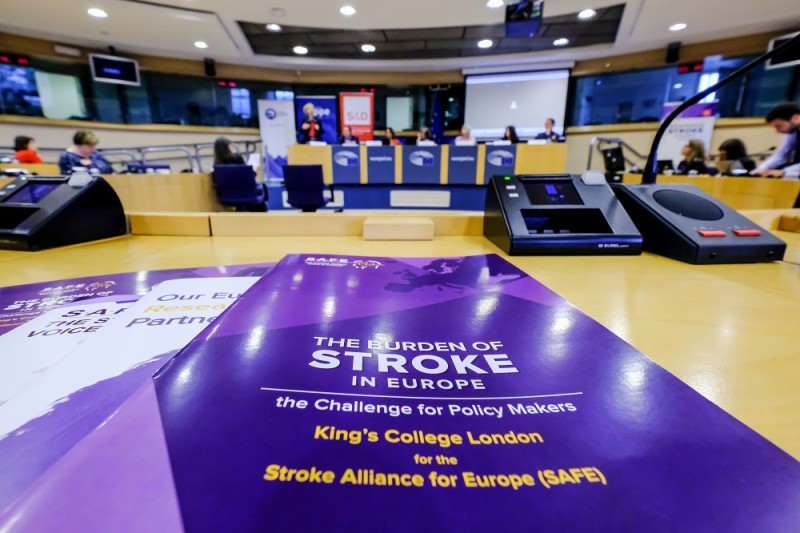
SAFE believes that the best way to fight stroke is for every EU member state to have a national stroke strategy actively supported and sponsored by the Government, that covers the whole stroke pathway, from awareness, prevention, diagnosis, treatment, transfer of care, specialist rehabilitation and reassessment, to long-term care and support, social integration and participation in community life and end-of-life care. Representatives from the wide range of professionals who support people with stroke, people who have had a stroke, carers and voluntary associations should all be involved in creating such strategies.
For more information about the Burden of Stroke Report, please visit
www.strokeeurope.eu
Sponsors of the Burden of Stroke Report:

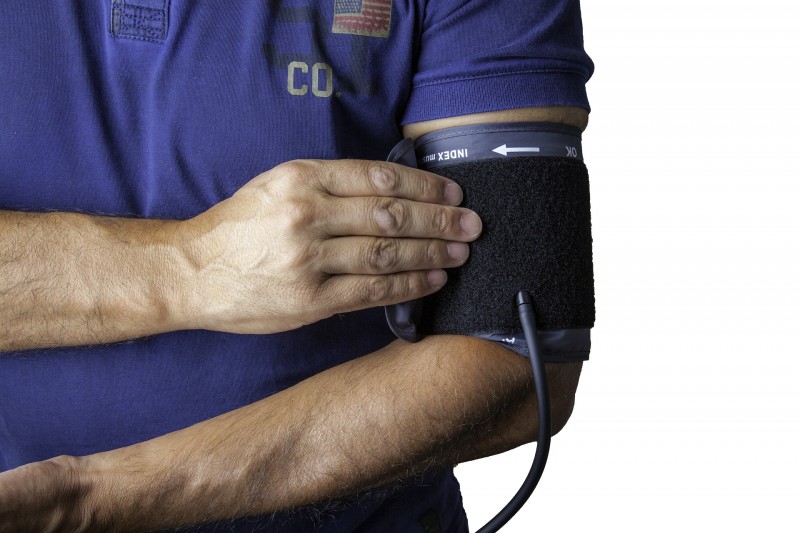
It is very important to check yourself, with or without a stroke in your medical history.
“I suffered a cerebral venous thrombosis in 2011 (I was 34 years old)…I was a journalist, editor of a weekly magazine…I did not have the time nor patience to practice sport…In addition to stress and sedentary lifestyle, also the use of oral contraceptives contributed – in the opinion of doctors – to my stroke” (Female stroke survivor in 2011, Portugal) (more…)
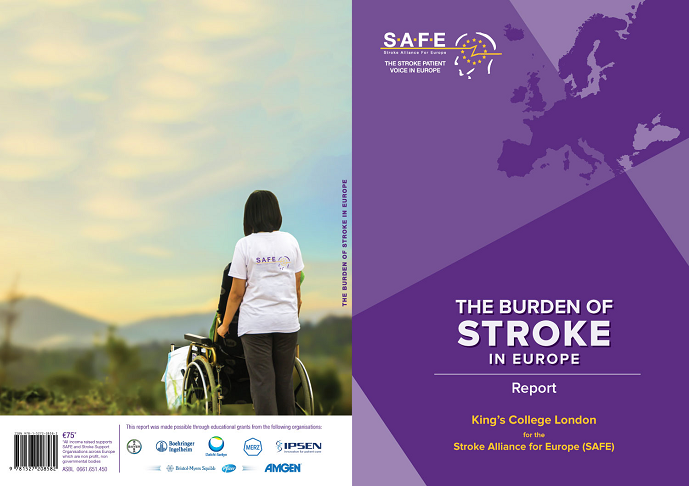
The Stroke Alliance for Europe (SAFE) is happy to announce the 1st EU Stroke Summit and launch of the Burden of Stroke in Europe Report.
The event will take place on 11th May 2017 at the European Parliament in Brussels. The Burden of Stroke Report will be officially presented during the Stroke Summit and will provide the basis for discussion on the current state of stroke prevention, follow-up care and rehabilitation in Europe.

A diverse group of healthcare providers, patients, carers and policy-makers will have an opportunity to exchange opinions on how to decrease the burden of stroke in Europe.
The Summit is kindly hosted by Members of the European Parliament Elena Gentile (S&D, IT), Marian Harkin (ALDE, IE), Aldo Patriciello (EPP, IT) and Helga Stevens (ECR, BE).
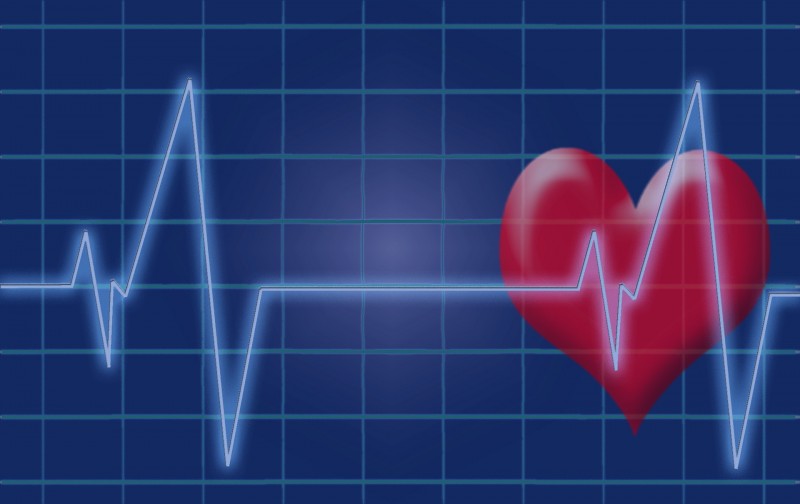
Sophia Antipolis, 3 May 2017- Consumers are being warned about the accuracy of heart rate apps after a study found huge variability between commercially available apps, even those using the same technology. The research is published today in the European Journal of Preventive Cardiology.(1)
“Heart rate apps come installed on many smartphones and once people see them it is human nature to use them and compare their results with others,” said last author Dr Christophe Wyss, a cardiologist at Heart Clinic Zurich, Switzerland. “The problem is that there is no law requiring validation of these apps and therefore no way for consumers to know if the results are accurate.” (more…)
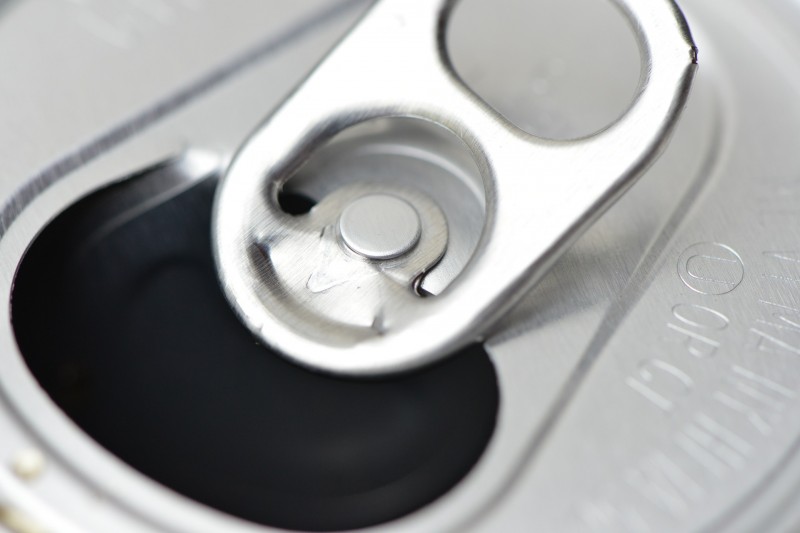
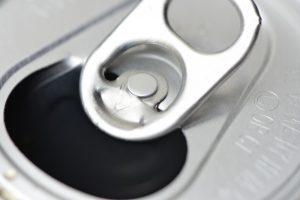
Image: pixabay.com
Excess sugar, especially the fructose in sugary drinks, might damage your brain, new research suggests. Researchers found that people who drink sugary beverages frequently are more likely to have poorer memory, smaller overall brain volume, and a significantly smaller hippocampus. A follow-up study found that people who drank diet soda daily were almost three times as likely to develop stroke and dementia when compared to those who did not. (more…)
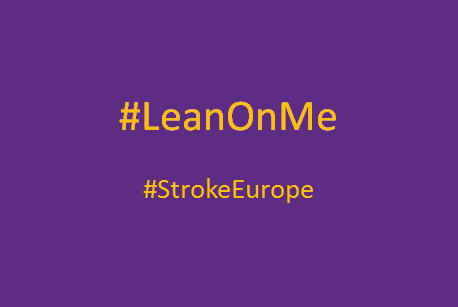
We invite you to the #LeanOnMe challenge, to show your support to stroke survivors and their families by posting pictures of stroke survivors held by the hands by family members or friends. Let’s raise awareness about the type of support that all stroke survivors and their families need!

Source: Facebook
“The 10 days that Diana was hospitalized in the Cerebro Vascular Unit of Hospital de S. José, I spent by her side. From the time I woke up until she fell asleep, I felt that all the positive energy I could get through to her would work.
In fact, the team of doctors and nurses themselves said that the results and recovery were visible. When they came to share the advances in recovery with us and our children, they showed more joy and happiness than they had ever shown before.
“The mother can already reach her face with her right hand,” I said to the kids “One more victory. One more day of success. Which doesn’t allow us to sit back and relax, but work to achieve even more victories in the future!”
The “slow” but effective recovery was bearing fruit. Yesterday she could not move her index finger on her right hand, but she can do it today! Yesterday the headaches were at level 8, today they are already at level 7! Visible progress of those who accompanied me daily and felt that Diana was well taken care of, accredited people who did good, people with whom I created bonds, because they were taking care of the woman I love.
After the critical phase, when, so to speak, her life was no longer in danger, Diana returned to Amadora-Sintra Hospital from where she had left a month after the stroke, to the Rehabilitation Medicine Center of Alcoitão. She could already be transferred from the bed to a wheelchair, had recovered some movements and finally could receive the visits of the children, relatives and friends. I remind everyone who is reading this testimony that life is made up of challenges and achievements, happy moments and moments of sadness, emotions, feelings and energies. And, as a final note, I want to say that FORCE COMES FROM THE MIND AND OUR BELIFS! “
(Husband of a young female stroke surviver, Portugal AVC)
Stroke burdens everyone in the vicinity of the survivor, in every level imaginable. From the moment it happens, the person experiencing it and everyone in his/her life suffers. The biggest burden is evidently on the stroke survivor, since his/her life changes completely. The #LeanOnMe challenge is about showing your support to stroke survivors and their families by posting pictures of stroke survivors held by the hands by family members or friends. Let’s raise awareness about the type of support that all stroke survivors and their families need!
Stroke is a disease that brings chaos to the brain, body and soul of a person. Since one third of all stroke survivors are left with impairments, mild, moderate or severe, they need not only physical rehabilitation and help, but also emotional. No matter how severe the impairments are, the moment a stroke occurs brings the realization of death to all survivors. That is the moment he/she realizes for the first time in their life that they are not immune to death, and that they have to change. And to change is something that most people find very difficult. Apart from the inner fight a stroke survivor has, he also becomes very dependent on his family- physically, emotionally and financially. Consequently the dynamics of the family also changes. The person, who was an equal when it comes to pulling the family forward, can become the person everyone needs to take care of, which can be very stressful, for the stroke survivor and everyone else.
The necessity of support groups and facilities for stroke survivors and their families is a must when it comes to healthcare. The change it brings is not something to be taken lightly. When it comes to taking care of the survivor, the carers usually have no experience in taking care of a disabled person, so it often happens that a stroke survivor comes back for his/her 6-month check-up in a worst state than he/she was in at discharge. Not all people know how to properly take care of a person who is bed-bound. This is where the help of a professional nurses or carers come in. There should be people teaching family members/carers how to help the survivor with his treatment and everyday life.
Apart from the physical help, support groups and professionals helping with emotional strain of living with stroke are also of utmost importance. Stroke can cause stress, depression, change in behavior, and other neurological changes and problems to the survivor, which greatly influences all of his relationships. Learning to live and help with the above mentioned consequences of stroke is not only helpful for the survivor himself/herself, but also to his family and community.